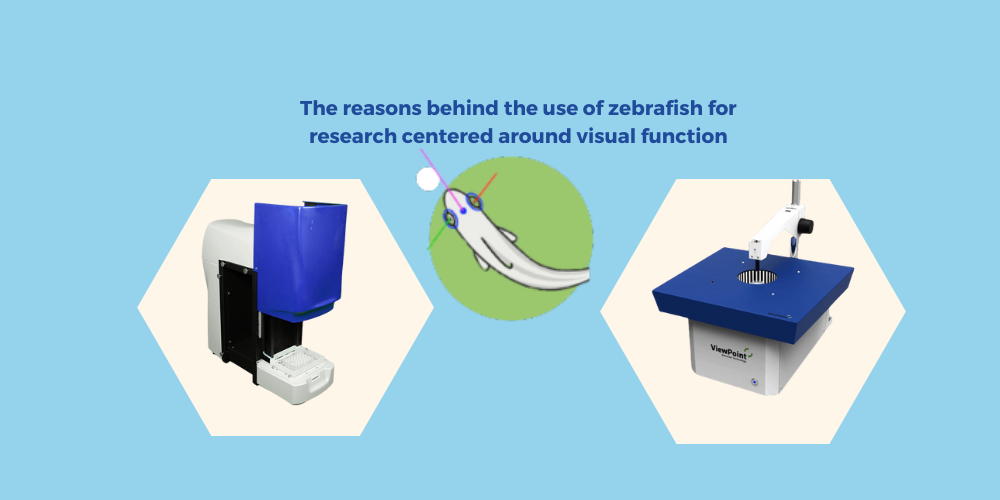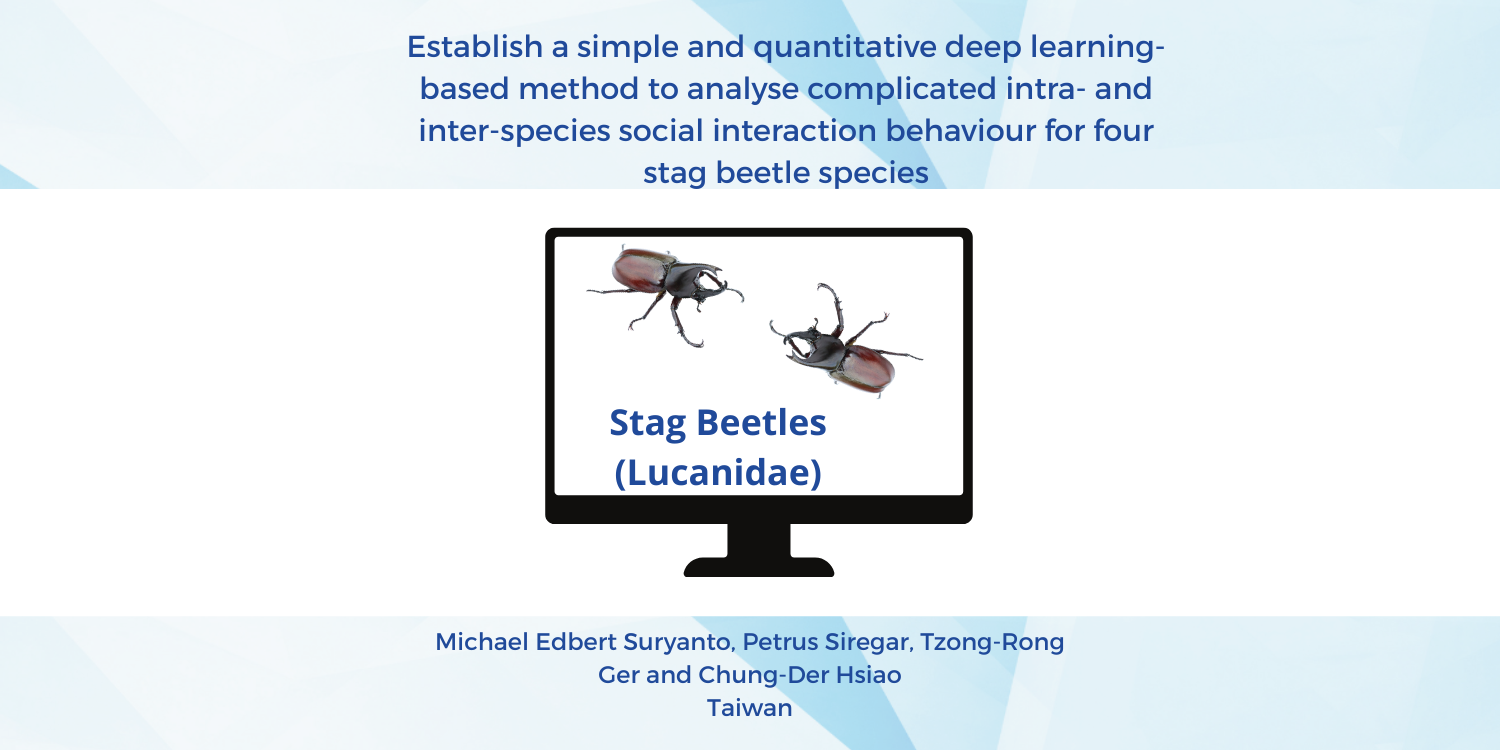Let's have a closer look to the visual function in zebrafish and its use in research.
Why use the zebrafish model?
Early development is very fast, and larvae display a whole range of behaviors only days postfertilization. This is especially true for their visual systems that develop precociously. In addition, zebrafish are able to regenerate their retina after they are damaged by cataracts, diabetic retinopathy... making them an optimal model for the development of promising human ophtalmological treatments. Furthermore, anatomical organization and circuit function of the retina are remarkably conserved between zebrafish and humans. Finally, the zebrafish retina is highly interesting in that it has a strong regenerative response after an injury, allowing researchers to understand the mechanisms behind the anatomical recovery of damaged tissue.
The VisioBox system to study optokinetic and optomotor response on adult zebrafish
It is possible to assess optokinetic response tests (OKR) on larvae and optomotor motor response (OMR) on adults zebrafish with the VisioBox system. Thanks to this system, assessing visual fucntion in zebrafish is a smooth, controllable and flexible process that gifts researchers with:
- Full control over the environment
- Automatic tracking of visual acuity
- The possibility of adapting the environment depending on the subjet's behavioral response
- And more!
Papers that have used the VisioBox:
Sigma-1 Receptor Is Critical for Mitochondrial Activity and Unfolded Protein Response in Larval Zebrafish
NCS1 overexpression restored mitochondrial activity and behavioral alterations in a zebrafish model of Wolfram syndrome
BDE-99 Disrupts the Photoreceptor Patterning of Zebrafish Larvae via Transcription Factor six7
Using the ZebraBox to study the visual function in zebrafish
With our ZebraBox, it is possible to perform a whole range of tests on zebrafish. Perform the dark/light cycle, optomotor response, optogenetic experiments on your subjects to learn more about visual acuity, development of rods, etc.
The ZebraBox has a:
- Wide range of simulation modules (visual screen, optogenetic top light...)
- Smart lighting and video management
- Distortion-free image of each well
- Live analysis of up to 288 individuals at the same time
Here are some papers that have used the ZebraBox:
Neural Endophenotype Assessment in Zebrafish Larvae Using Optomotor and ZebraBox Locomotion Assessment
Visuomotor deficiency in panx1a knockout zebrafish is linked to dopaminergic signaling





